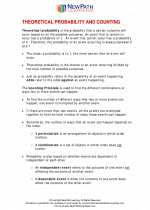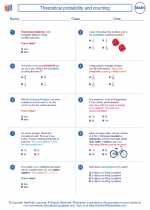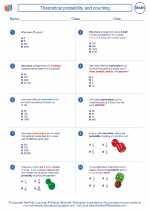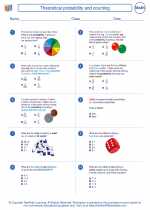Rain Gauge: Explanation and Study Guide
Explanation
A rain gauge is a meteorological instrument used to measure the amount of precipitation (rainfall) that falls at a particular location over a specific period of time. It is an essential tool for monitoring and understanding the water cycle, weather patterns, and climate changes.
The basic design of a rain gauge includes a cylindrical container with a wide funnel at the top to collect the rainwater. The collected water is then funneled into a measuring tube or a graduated cylinder, which allows for the precise measurement of the accumulated rainfall in millimeters or inches.
Rain gauges can be manual or automatic. Manual rain gauges require someone to physically check and record the amount of rainfall, while automatic gauges are equipped with sensors that can electronically record and transmit the data to a central database.
Measuring and recording rainfall data is crucial for various applications such as agriculture, hydrology, urban planning, and climate research. It helps in assessing water resources, predicting floods, and understanding the impact of precipitation on the environment.
Study Guide
- Types of Rain Gauges: Understand the different types of rain gauges, including standard non-recording gauges, tipping bucket gauges, and weighing gauges.
- Measurement Units: Learn how to measure and convert rainfall data between millimeters and inches, as these are the commonly used units for precipitation.
- Reading and Recording Data: Practice reading the water level in a rain gauge and recording the measurements accurately. Understand the importance of regular data collection.
- Applications: Explore the various applications of rainfall data, such as its role in agriculture, water resource management, and weather forecasting.
- Accuracy and Maintenance: Study the factors that can affect the accuracy of a rain gauge, including wind, evaporation, and debris. Learn how to properly maintain and calibrate a rain gauge.
- Data Analysis: Analyze historical rainfall data and its significance in understanding long-term climate patterns and trends.
By mastering the concepts and skills related to rain gauges, you will gain a deeper understanding of how precipitation is measured and its importance in various fields of study and industry.
.◂Math Worksheets and Study Guides Eighth Grade. Theoretical probability and counting

 Worksheet/Answer key
Worksheet/Answer key
 Worksheet/Answer key
Worksheet/Answer key
 Worksheet/Answer key
Worksheet/Answer key
